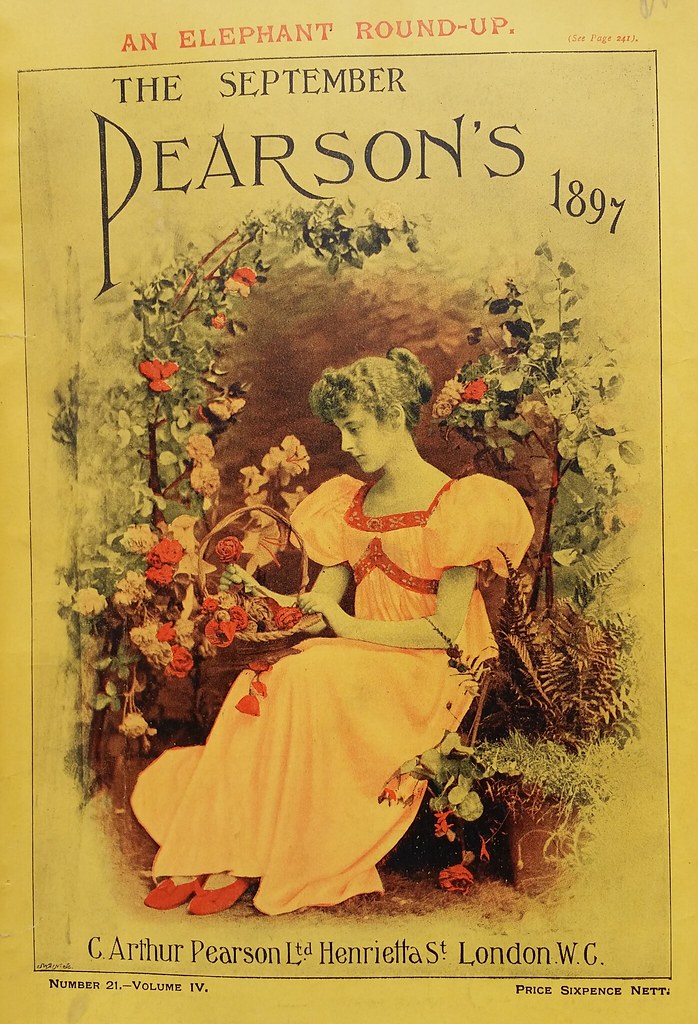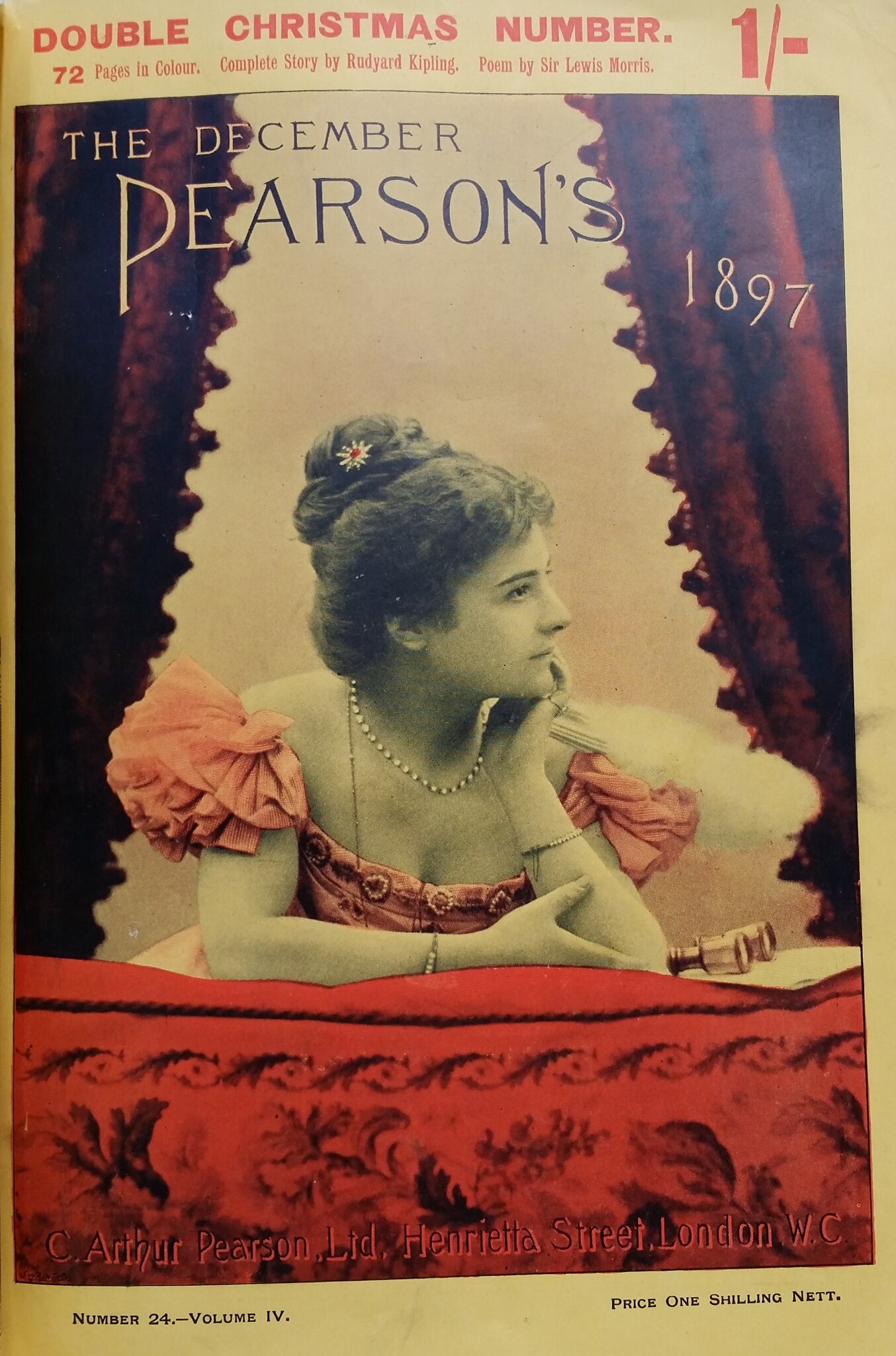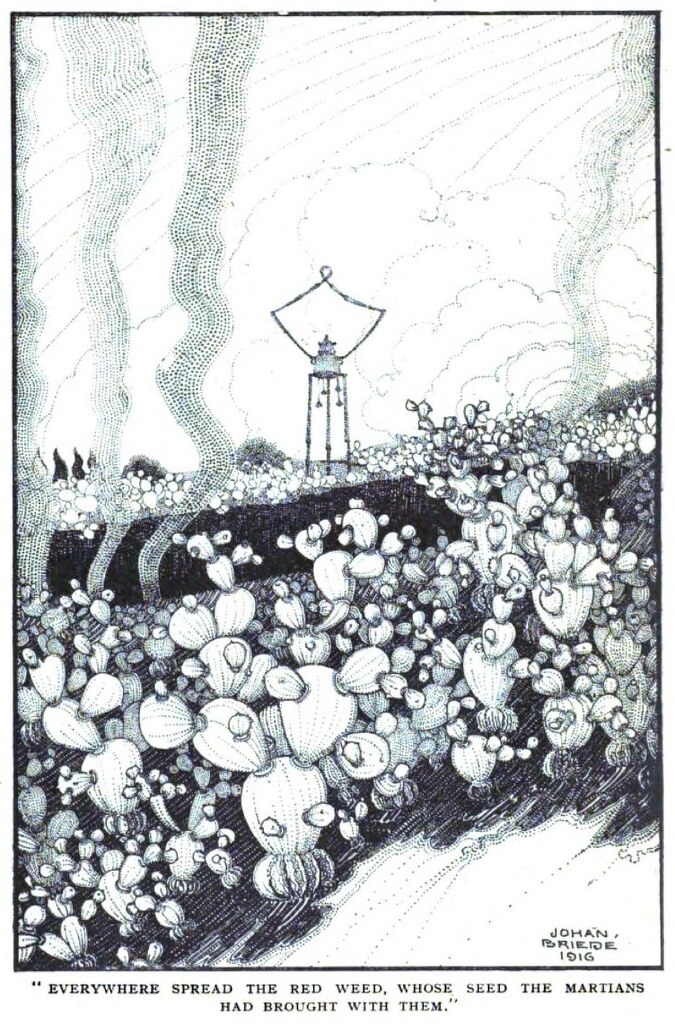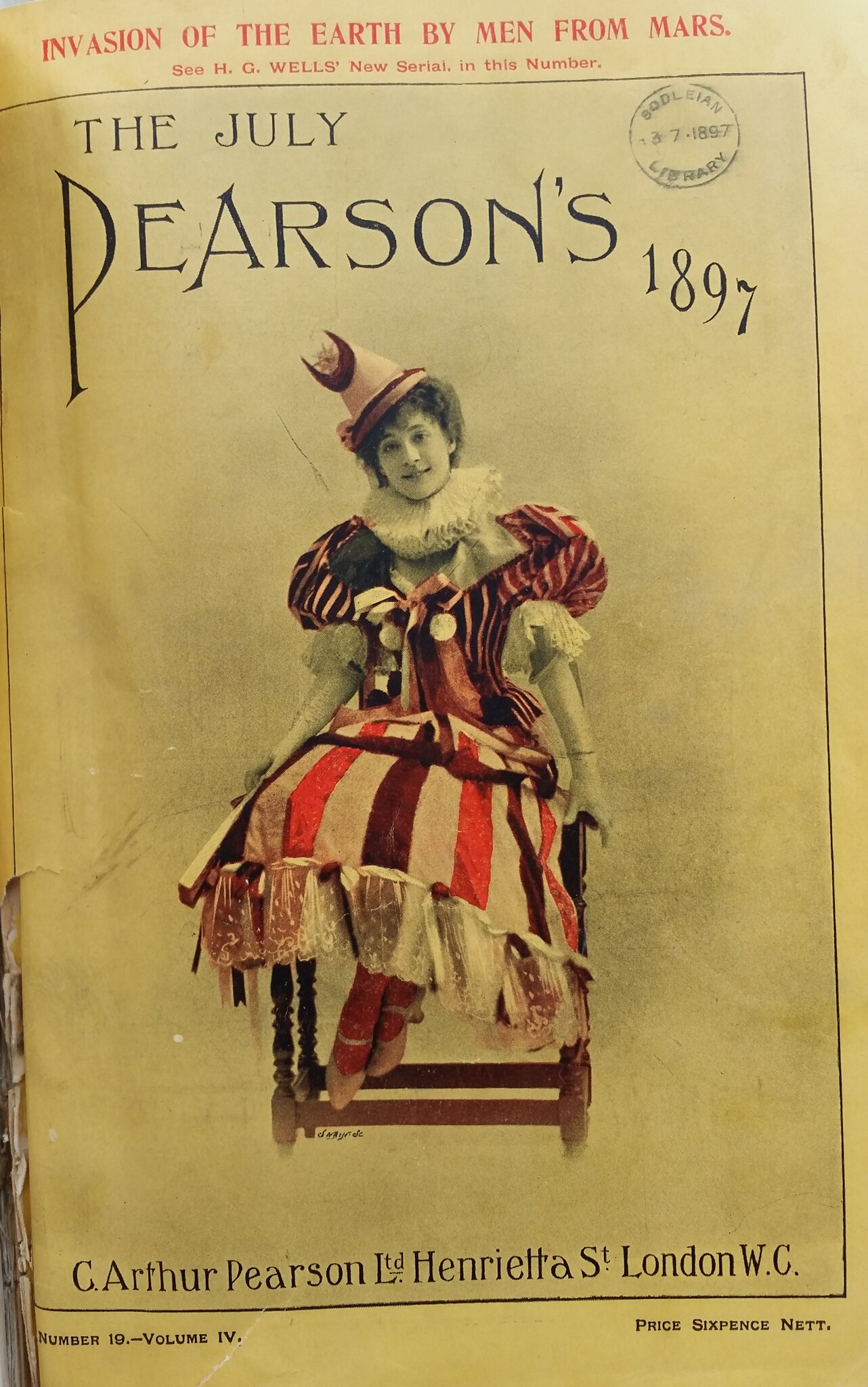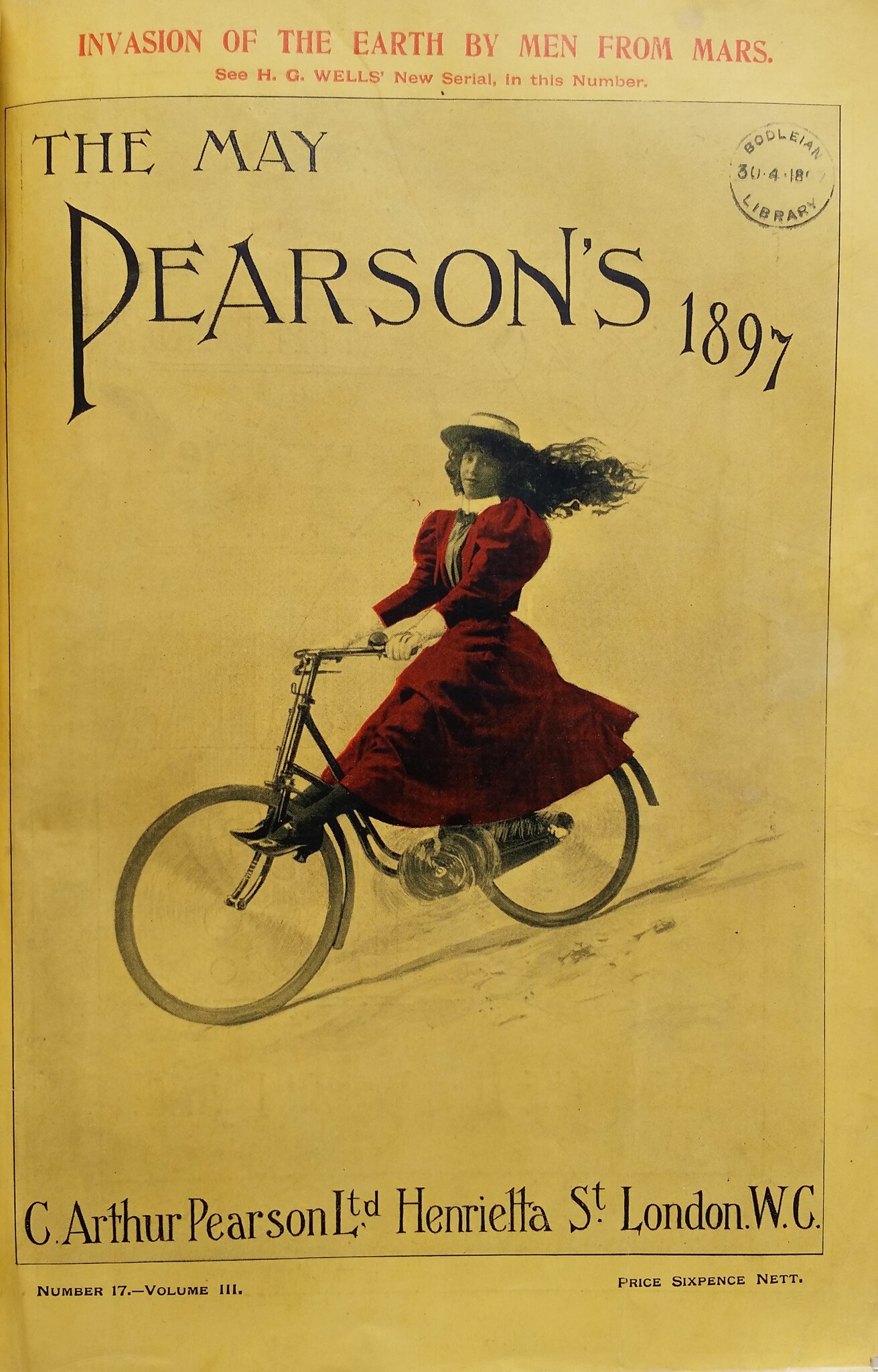GANGNES: This section is replaced in the 1898 edition with the following passage after "...rules in his body?":
"I began to compare the things to human machines, to ask myself for the first time in my life how an ironclad or a steam engine would seem to an intelligent lower animal."
This revision is particularly interesting because Wells removed language referring to steam engines and other human technologies in the narrator's description of the fighting machines in the previous chapter (beginning "And this Thing!").
In this site's page on "The Terrible Trades of Sheffield," a connection is drawn between these edits and Wells's opinion of Warwick Goble's illustrations, which were too close to human technologies. In the revision, then, Wells reframes human technologies as part of an analogy; Martian technology is beyond human technology to so extreme a degree as to be incomprehensible to humans.
